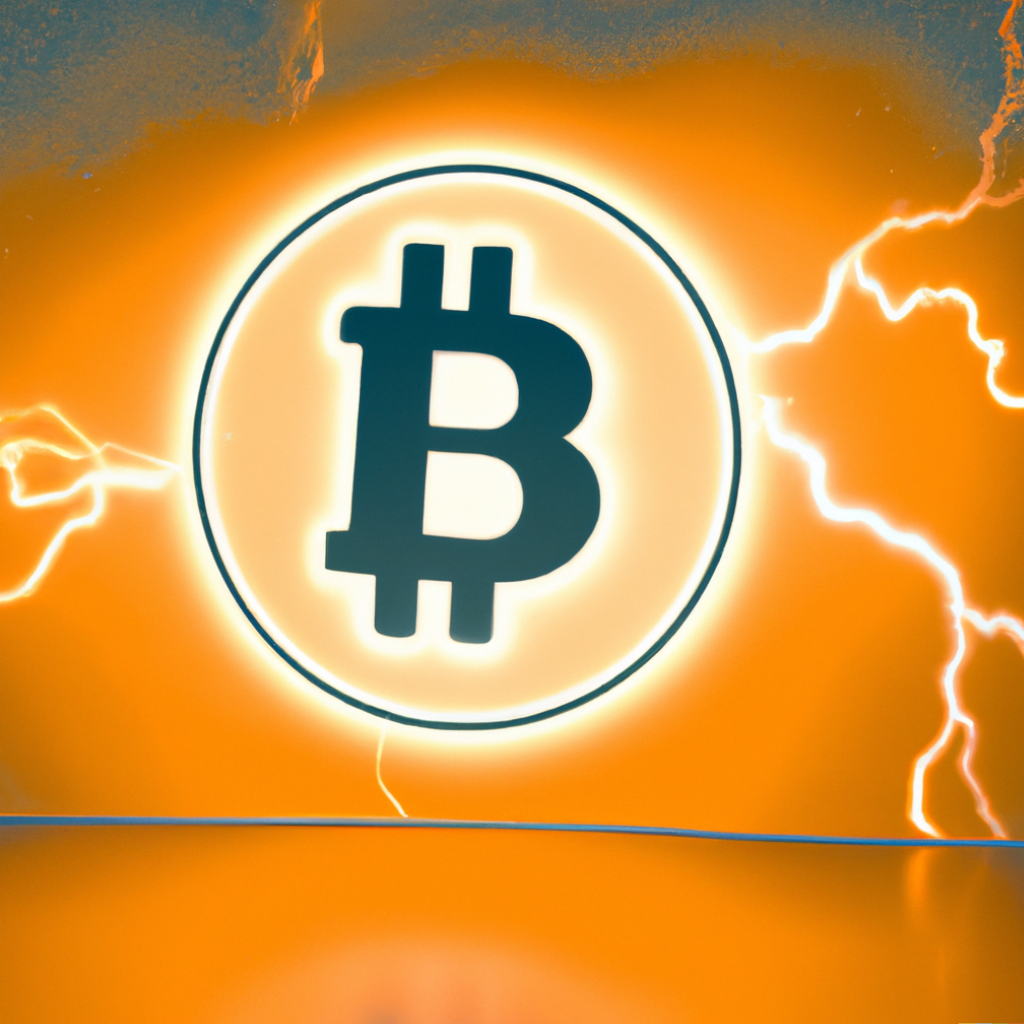I. Introduction
Cryptocurrency has become a popular investment option, and two of the most common ways to earn crypto are through mining and staking. Both mining and staking involve validating transactions on the blockchain and, in return, receiving a reward in cryptocurrency. However, the processes and requirements of each method are different. This article aims to provide an overview of mining vs staking and help readers understand which method is better for earning.
II. What is Cryptocurrency Mining?
Mining is the process of solving complex mathematical equations to validate transactions on a blockchain. Miners use powerful computers to compete with each other to solve the equations and earn a reward in cryptocurrency. The competition is intense and requires a significant amount of computing power, making mining expensive and energy-intensive.
Mining is a time-consuming and expensive process that requires a high level of technical expertise. The cost of equipment and electricity is significant and may not be profitable for everyone. However, the potential reward for mining can be substantial, making it a worthwhile investment for those who have the capital and technical skills to undertake it. In recent years, the mining process has become increasingly competitive, and the rewards have decreased as more miners join the network.
III. What is Cryptocurrency Staking?
Staking is a process of validating transactions on a blockchain by holding and locking a certain amount of cryptocurrency as collateral. Stakers do not need to use powerful computers like miners, and the process is much less energy-intensive. In staking, users participate in securing the network by staking their own cryptocurrency. They earn a reward in the same cryptocurrency they have staked, making staking a less risky investment option compared to mining.
Staking requires a lower level of technical expertise and is a more accessible option for those who do not have the capital or technical skills required for mining. Staking rewards are typically lower than mining rewards, but they are still significant, especially for long-term investors.
IV. Comparison between Mining and Staking
When comparing mining vs staking, the earning potential and profitability of each method are important factors to consider. Mining rewards can be substantial, but the process is also expensive and energy-intensive. On the other hand, staking rewards are typically lower but require less technical expertise and a lower upfront investment.
Equipment costs are another significant difference between mining and staking. Mining requires powerful computers, which can be expensive to purchase and maintain. In contrast, staking requires only a minimum amount of cryptocurrency to be locked up, which makes it a more accessible option for many investors.
Energy consumption is also an important consideration. Mining requires a significant amount of electricity to power the computers used in the process, making it a less sustainable and more expensive option than staking. Staking requires much less energy, making it a more sustainable investment option.
Conclusion
In conclusion, mining and staking are two popular ways to earn cryptocurrency by validating transactions on a blockchain. Mining requires significant capital investment and technical expertise, but it offers a higher potential reward. Staking, on the other hand, requires less capital and technical skills, making it a more accessible investment option, but with lower rewards.
When choosing between mining vs staking, there are several factors to consider, including investment capital, time horizon, technical expertise, and risk tolerance. Investors with high capital and technical expertise may find mining to be a worthwhile investment option, while those with less capital and technical skills may prefer staking.
The future of mining and staking will depend on the cryptocurrency market’s overall performance and the adoption of blockchain technology. As the market grows, both mining and staking are expected to become more competitive. However, advancements in technology may also make these processes more efficient and cost-effective.









